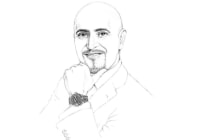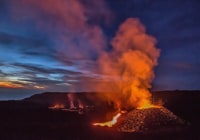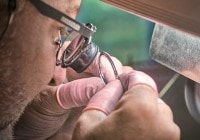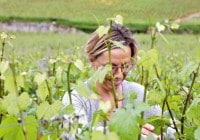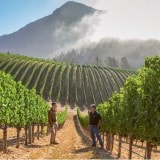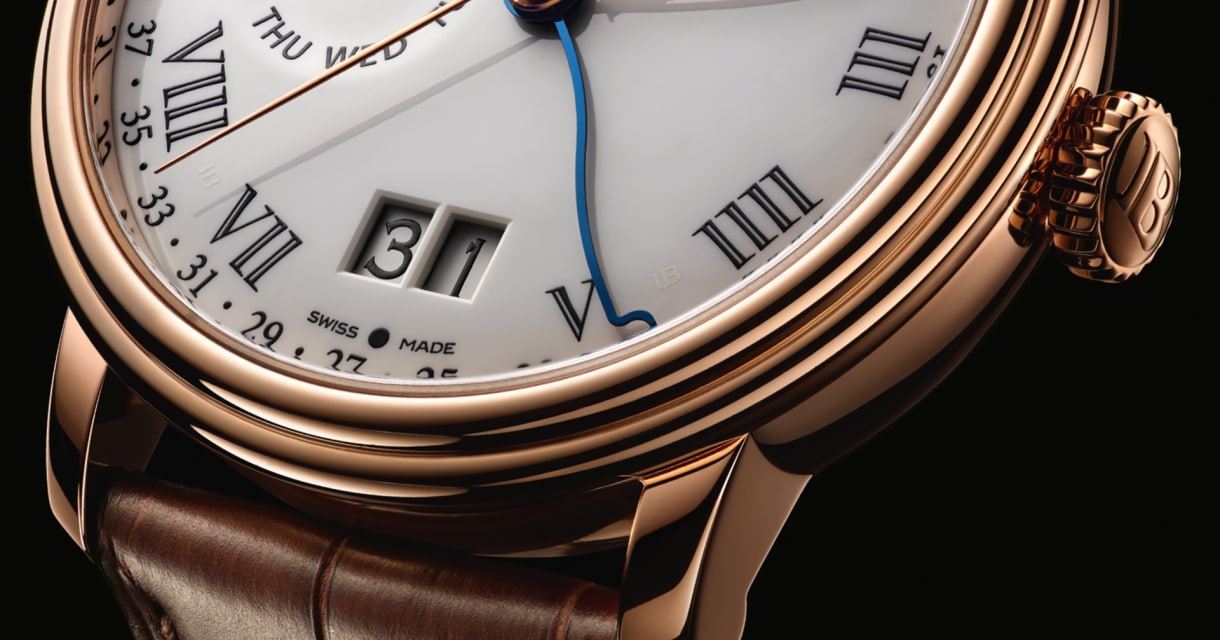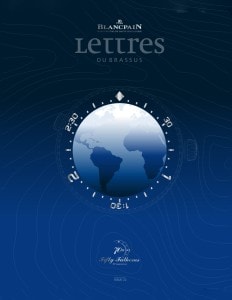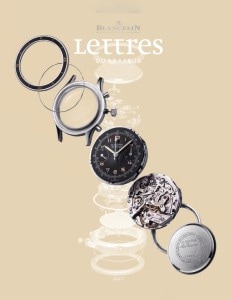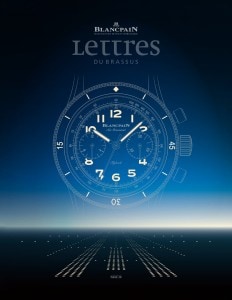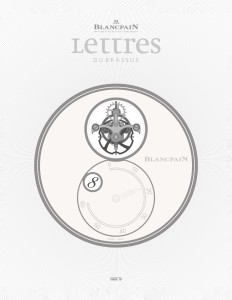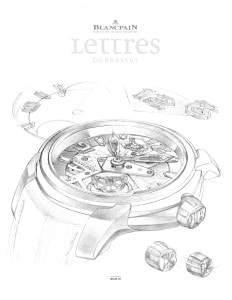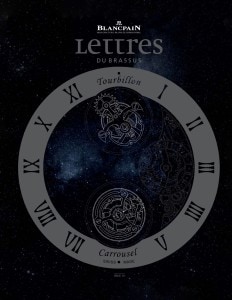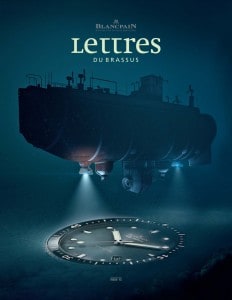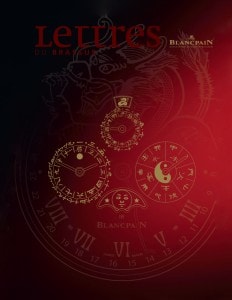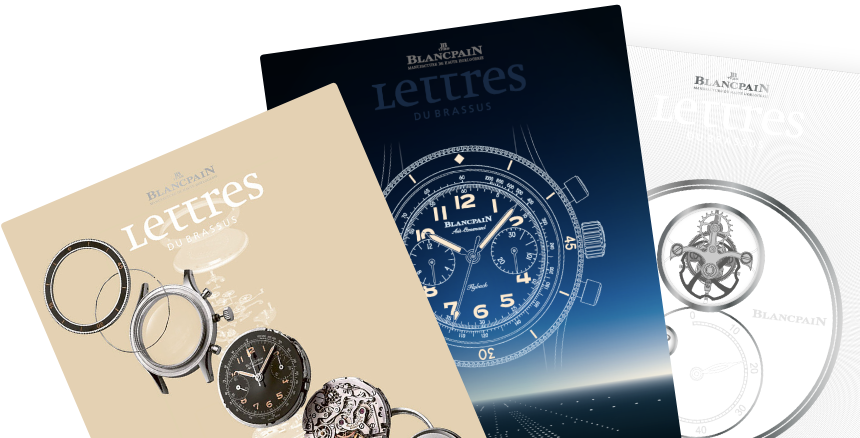
Search in Issues
Chapters
List of parts
Chapter 6
Caroline Morey
A famed burgundy domaine passes from Jean-Marc Morey to his daughter Caroline.
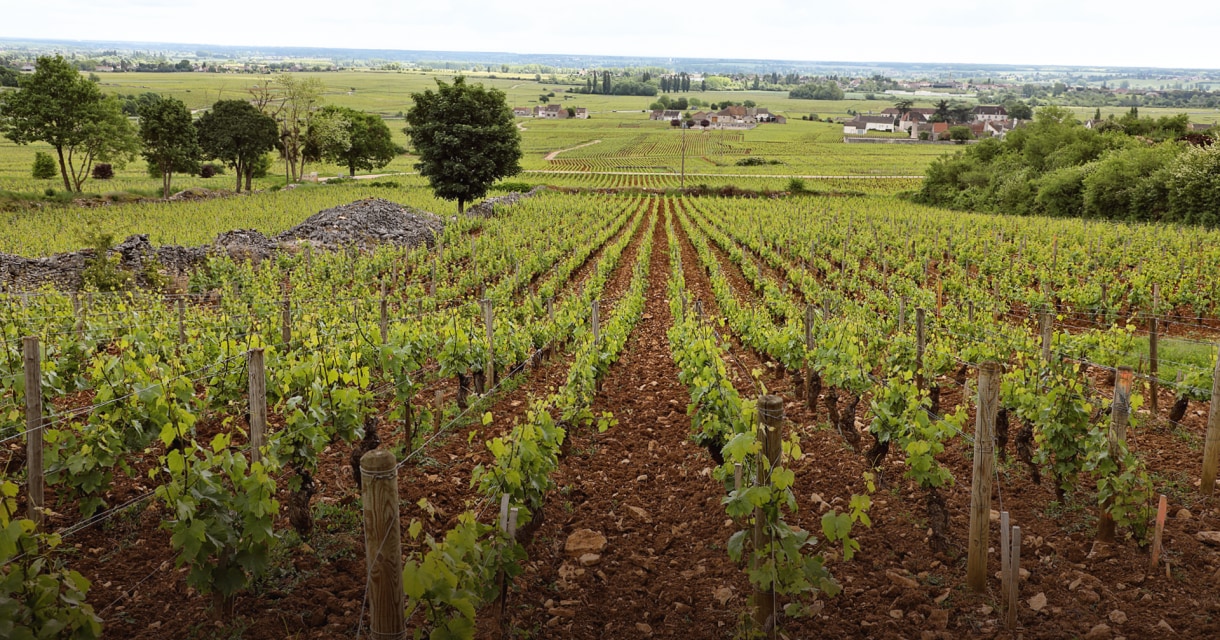
INTIMATE KNOWLEDGE of each vineyard lies behind wines that express TERROIR.
Burgundy is a family affair, arguably more so than any other wine growing region in the world. Domaines there have been handed down, within a family, for generations. Walking with Caroline Morey through three of her prized white wine premier cru vineyards in Chassagne-Montrachet—Les Champs Gains, Les Chaumées, and Les Caillerets her descriptions of every undulation in the soil, particulars of the individual vines, and even the histories of rocky piles dividing plots, showcased an intimacy that was palpable. It was not a matter of trying to impress with what she knew; it’s just that Caroline, who has spent her whole life in Chassagne and, in these vineyards that passed to her from her father Jean-Marc Morey and to him from her grandfather, Albert Morey, speaks in a way that no newcomer ever could. And, of course, that translates into the wines she makes. She just knows how each of these vineyards will express itself in the wines. Burgundy wine fanatics understand well that this is the essence of what is called terroir.
Caroline is one half of what the rest of the world would call a “power couple”. Her husband, Pierre-Yves Colin, also has his roots in the environs of Chassagne. Although they share a single cuverie (winemaking facility) on the flats, less than a kilometer from the village center where they live, Caroline’s wines are made under her name; Pierre-Yves’ under his own. Even where they each have vines located in the same vineyard such as in Les Caillerets (Caroline’s vines occupy three levels of Les Caillerets, Pierre-Yves’ at two levels and to the south), vinification and bottling are kept separate.
If Caroline and Pierre-Yves are a power couple in Chassagne, their village, in turn, makes its own power statement as it lies at the epicenter of the finest Chardonnays on earth. This is shared space with its sister village, Puligny-Montrachet. Burgundy purists no doubt would bristle at the term “sister village” to describe the relationship between Chassagne and Puligny, but history and geography back me up. Both villages appended the name “Montrachet” to their monikers in 1879, a nod toward Le Montrachet vineyard whose eight hectares of hallowed ground have earned it the title of the single most celebrated white wine vineyard on earth. It is no exaggeration to say that some wine connoisseurs do not fully comprehend
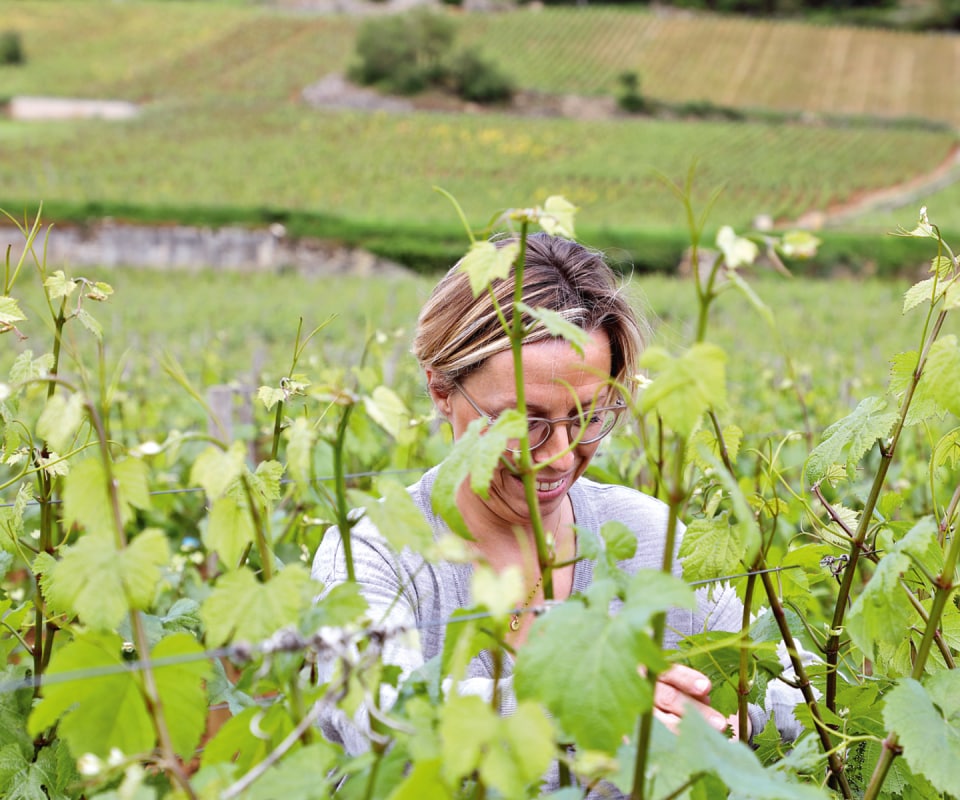

Village center of Chassagne between the church and the Mairie.
CHASSAGNE-MONTRACHET lies at the epicenter of the FINEST CHARDONNAYS on earth.
just how appropriate it was for both villages to don the mantle of Le Montrachet. Since all the grand cru vineyards lie almost directly above the village of Puligny and are well separated from the village of Chassagne by the Route Nationale N6, it is an easy trap to think of Le Montrachet and the other grand cru white Burgundy vineyards as lying entirely within the boundaries of Puligny. In fact, Le Montrachet is exactly evenly divided; four hectares located in Chassagne, the other four in Puligny. Division, even if not exactly half and half, also holds true for Bâtard. As for the other three grands crus, Chevalier and Bienvenues are entirely in Puligny, while Criots is entirely within Chassagne.
As is generally true of Burgundy, the soil structure in Chassagne is highly varied. Bordering the upper hillside vineyards is a limestone quarry, which, incidentally, was the source of the stone used to pave the Trocadéro in Paris, not to mention its use locally for tombstones and fireplaces. The hillside is where Les Caillerets is situated and its abundance of white chalky rocks and stones reflects its relative proximity to the limestone cliffs. As one moves down toward the flats such as Les Chaumées vineyard, which lies below the village elevation and just above the route linking Chassagne and the village of Santenay, the soil takes on a distinctly reddish hue with fewer white rocks.
The village of Chassagne itself betrays little of the elevated status of its wines. Apart from two wine merchants (caveaux in French) and one restaurant sitting above one of the caveaux (which, although awarded one Michelin star, does little to broadcast its presence), there is no commerce at all in the village. No hotels. No shops. All signs of life are hidden behind the bleached, impeccably maintained, stone walls that line its narrow lanes. There is a touch of grandeur to the Mairie (city hall), but as it is withdrawn from the road and fronted by a park, like everything else in Chassagne, it glories in its understatement. There are only three notable landmarks: the Mairie, a rather spartan church and Les Murées vineyard that flows into the center of the village adjacent to the church.
Despite the pre-eminence of its Chardonnays today, until a couple of generations ago, Chassagne’s vineyards were predominantly planted in red. Indeed, when her grandfather, Albert Morey, purchased his Les Caillerets vineyard in 1949, the entire climat was planted in red. Of course, those reds were Pinot Noir. Mastering the varietals in Burgundy is easy: the whites are Chardonnays1; the reds are Pinot Noir. Contrast that with Châteauneuf-du-Pape in the southern Rhone with its thirteen varietals. That ratio of white/red has flipped entirely as the fashion of current times rewards the whites with far higher prices than those commanded by the reds. In Caroline’s words, “Chassagne has been blanched”. Today, following the “blanching”, three quarters of all the Chassagne premiers crus are white. Nonetheless, her heritage is equally divided between white and red. Her father, Jean-Marc, although most famed for his whites, produced a number of distinguished reds including a Chassagne Les Champs Gains, Chassagne-Montrachet Village, Beaune Grèves, and two Santenays. Caroline is dedicated to upholding that tradition and, indeed, expanding her ranges of both whites and reds.
It is interesting to observe how Caroline has taken her patrimony and used it as a base to broaden her profile. Bear in mind that family winemaking for all of its virtues—personal expression, passion, artisanal craft—also summons powerful forces of division. The norm for succession from one generation to the next carries with it a carving up of the family holdings among siblings. Examining the history of the Morey family in Chassagne demonstrates just that. Caroline’s grandfather, Albert Morey, divided his vineyards between his two sons, Jean-Marc and Bernard (Bernard Morey’s wines have since been taken over by his sons Vincent and Thomas Morey; each now has his own separate domaine). In turn, Caroline’s share of her father’s parcels represents a halving between her brother and herself. So, broadening compels acquisition. Starting just this past year, Caroline has procured both white and red wine vineyards in Chassagne and in the immediately adjacent appellation of Santenay. One huge headline from these new parcels, as included is a portion of the Criots-Bâtard-Montrachet grand cru. Taken together, these newly acquired vineyards more than double her holdings. Her first vintage from the new vineyards will be 2017.
Caroline’s experience in the vineyards was obvious as we toured Chassagne together. In the cuverie, I learned of her background in all the other phases of winemaking. She worked with her father for more than twenty years, absorbing the nuances of the vineyards, winemaking, cellaring, bottling, and even the office. For the last few years before her debut under her own name, she was fully managing her father’s domaine, with his advice of course. She has, however, her own ideas, particularly with respect to the whites. Jean-Marc and his wines were perfect replicas of each other. Exuberant, always joyful, delighting in the abundance of Burgundian food and wine, indeed Falstaffian, Jean-Marc and his wines assumed a play-ful round fullness. Accentuating the ripe fruit, he believed in picking at the last moment and stirring the wines and their lees in the barrels (a technique called bâtonnage).
¹ There is very sparse planting of Aligoté, favored for mixing to make Kir, and a microscopic quantity of Pinot Gris. All the celebrated white Burgundies, however, are 100% Chardonnay.
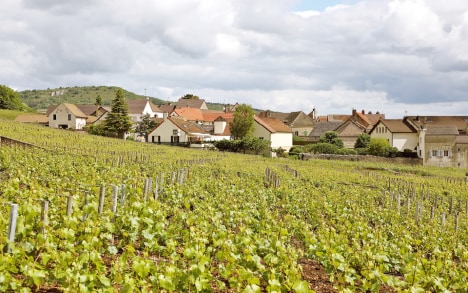
View of the village of Chassagne from Les Caillerets vineyard.

View of the village of Chassagne from Les Caillerets vineyard.
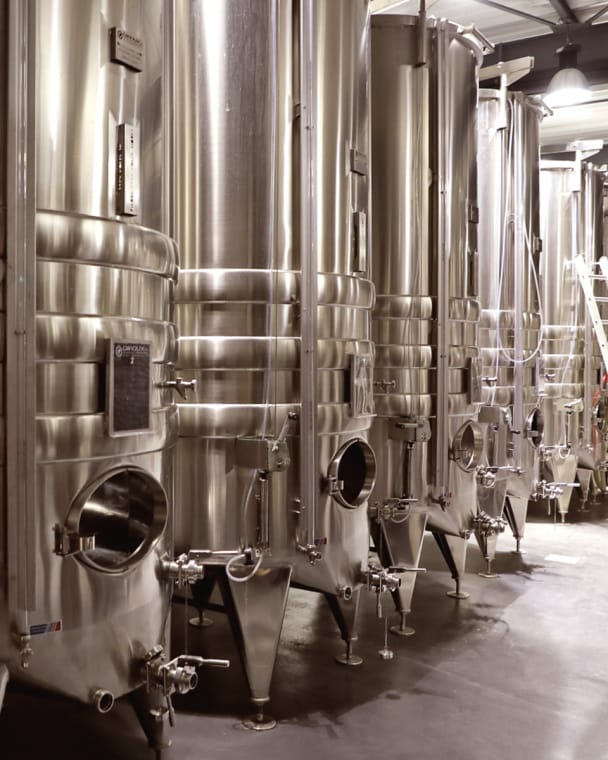
Fermentation tanks in the cuverie.
Caroline’s philosophy for her whites is one of MINIMUM INTERVENTION.
Caroline’s style hews to a contrasting tack. She wants her wines to emphasize the soil. That word again, terroir. Her overarching philosophy is one of minimal intervention or manipulation of her white wines. This means she avoids the bâtonnage favored by her father, preferring to let the wines interact naturally with the lees. Depending on the vineyard and the year, she includes a large percentage of whole clusters in the press. For reasons of both tradition and space constraints, her father crushed the grapes before placing them in the vat. Obviously, crushed grapes can ferment in smaller vats. With the luxury of abundant space in the new winery which Pierre-Yves and she constructed, Caroline is able to crush the grape clusters in the fermentation vats. Once fermentation is complete the wine, together with the lees, goes into the barrels. As Caroline expresses it, she lets “the lees do all the work” without any intervention on her part. On the subject of barrels, she tightly controls the percentage of new oak barrels. Too much new oak risks overpowering and masking the expression of the vineyard in the resulting wine. Indeed, to achieve her desired fruit/oak balance, Caroline favors 350 liter barrels rather than the more conventional 228 liter size.
Aficionados know well the issue of premature oxidation of whites that has vexed Burgundian winemakers since the mid-1990s, whereas “before”, which Burgundy adherents often refer to as “the old days”, these were wines that could age gracefully for, in many cases, twenty years or more. Starting in the mid-1990s, most white Burgundies began to fall apart in as little as three or four years. Caroline believes that a lack of sufficient acid is a significant culprit. Thus, she harvests before the acid levels drop too low. This brings a bright freshness to her whites and the promise of long life.
In many ways, Caroline’s approach to making her whites, in both the vineyard and in the cellars, is similar to that of Pierre-Yves. They both are dedicated to harvesting while there still is enough acid remaining to preserve and hold the wine and to respecting the credo of minimum intervention. Ano-ther point in common: they both use wax seals on their bottles as they provide further insurance against intrusion of oxygen that would imperil aging. That does not mean, however, that the two domaines are identical. For example, both Pierre-Yves and she make a Chassagne Les Caillerets. Given that her vines (incidentally her Les Caillerets vines are 50 years old) and his come from different locations within this premier cru vineyard and with her slightly lower percentage of new oak, these two Les Caillerets express the vineyard slightly differently.
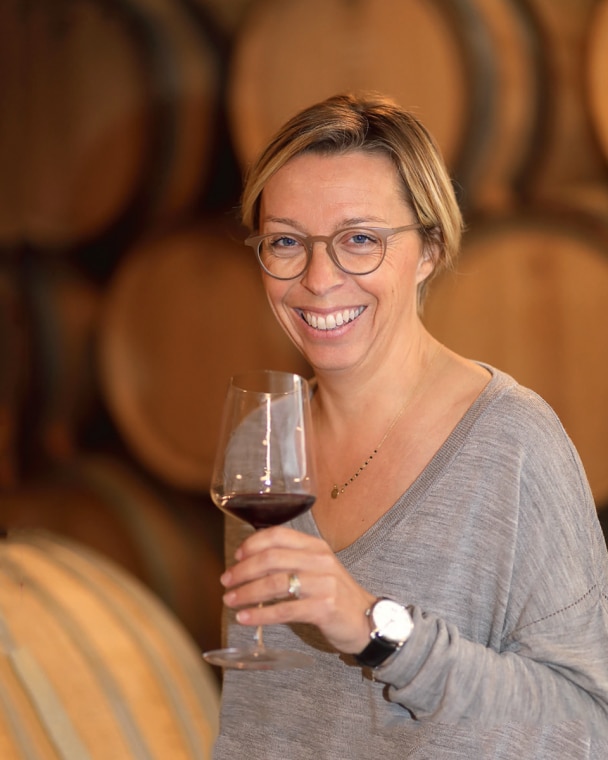
CAROLINE MOREY is representative of the new wave of WOMEN WINEMAKERS.
There is one respect in which Caroline does depart from her husband. She has far greater holdings of Pinot Noir planted vineyards and produces far greater quantities of red Burgundy. As we talked throughout a morning, it was plain that making red wine deeply entertains her. With her whites, the dictates of non intervention mean just that, summoning, of course, attention to every detail, but resisting temptations to “do things” that would otherwise manipulate the wine. Reds on the other hand call upon constant judgments, manipulations, and adjustments. During fermentation lees and foam rise to the top of the vats and are traditionally pushed back down into the fermenting juice. This routine is called “punching down”. The issue confronting the winemaker is when to punch down and how many times. Too much punching down can yield a wine out of balance, not enough, a wine which is feeble. Until the market price driven replanting with whites, Chassagne was renowned for its delicate fruity reds. They were never vinified to mimic blockbuster reds from the Côte de Nuits. Said another way, they were not seen as substitutes for a Chambertin Clos de Bèze or a rich Clos de Vougeot. Thus, Caroline does not aim to have too much extraction or deep tannins. She decides the percentage of whole clusters according to the vineyard and vintage; her most recent vintage of Chassagne rouge was vinified with 40% whole clusters. When she does her daily tasting during fermentation, deciding whether to continue punching down, she is looking for finesse, with round, elegant fruit not overpowered by structure. Her reds from Chassagne, Santenay, Saint-Aubin and Beaune all adhere to this classic Côte de Beaune style.
Not that many years ago, it was rare to find a woman winemaker in Burgundy or, for that matter, in France. That is not to say that there were no high-profile women on the French wine scene, Corinne Mentzelopoulos of Château Margaux, Madame de Lencquesaing of Château Pichon Lalande, and Lalou Bize-Leroy of Domaine Leroy and the Domaine de la Romanée-Conti, quickly spring to mind. But despite their great achievements, these women were not winemakers. Caroline Morey is representative of the new order that is blooming in California’s Napa Valley and now in Burgundy (we profiled one other woman winemaker in Issue No. 15 of Lettres du Brassus, Anne Gros of Vosne-Romanée) where women move to the forefront bringing their talents to winemaking. •

Tasting Notes
Santenay rouge.
30% whole clusters. Fruity, easy wine with a pleasant strawberry character.
Chassagne rouge.
Deeper and richer than the Santenay. Well defined cherry fruit backed by subtle vanilla oak.
Santenay LES CORNIÈRES.
A flattering pretty wine. Bright flavors with hints of candied lemon and oak. Well defined finish.
Chassagne Le Chêne.
A step up in concentration. Racy sweet citrus followed by a rich sweet finish.
Chassagne LES CHAMPS GAINS.
More concentrated still. Complex with its interplay of lime zest and vanilla.
Chassagne LES CHAUMÉES.
Very concentrated. The vineyard well expressed with minerals. Excellent focus of the fruit. Some notes of ripe peaches.
Chassagne Les Caillerets.
A bit closed when tasted. This vineyard requires two to three years in order for the wine to open up. Excellent definition of the minerals and fruit. Beautiful fruit/acid balance. Superb concentration and power.
2015s bottled in January 2017, except Les Chaumées and Les Caillerets which were bottled in April 2017; tasted in May 2017. All wines are white unless noted as red.
Santenay LES CORNIÈRES.
Tasted from a new oak barrel. Impressive for its appellation. Flattering fruit with notes of apricot.
Chassagne Le Chêne.
Note: Caroline makes both red and
white from this vineyard. Twenty year old vines. Much more weight and more minerals than the Santenay. Buttery vanilla overtones.
Chassagne LES CHAMPS GAINS.
Replanted her father’s old vines in 2009. Spicy citrus nose. Excellent concentration and structure. Wonderful balance of minerals. Bright acidity.
Chassagne LES CHAUMÉES.
Tasted from a two-year-old barrel. Round. Notes of lime zest stitched with vanilla. Long rich finish.
Chassagne Les Caillerets.
Tasted from a new oak barrel. Impressive weight and power. Peaches with bright lemon. Superb ripeness. Perfect balance with the vanilla. Very rich and endless finish.
2016s tasted from the barrel in May 2017. All wines are white.
